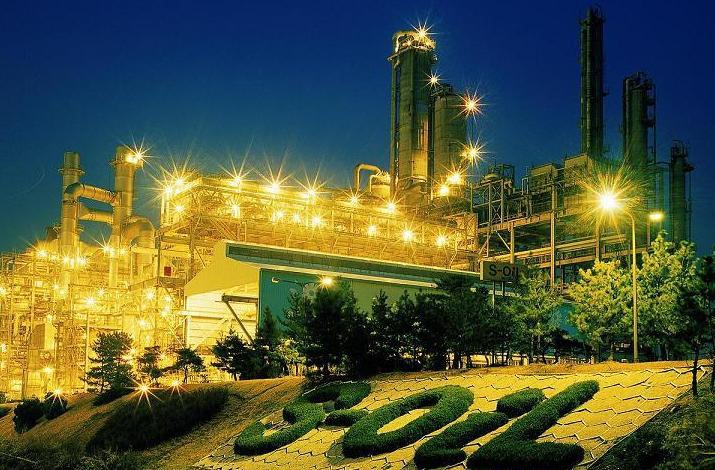
Asia-Pacifics share of global API Group III base stock supply could slide to 43 percent by 2025, down from 56 percent in 2015, due to planned capacity additions in other regions, consultancy Kline & Co. projects.
One fact that is clearly emerging is that [Asia-Pacific] is losing its status as a Group IIII hub, Anuj Kumar, a project manager in Klines energy practice, said during a webinar Sept. 21. Its position is being challenged by new regions such as the Middle East, where a host of new Group III capacity has been added. Moreover, in markets such as North America and Europe – where the technical demand for these base stocks is quite high – there are certain plans to add Group III capacity in those regions, which will challenge the imports from Asia-Pacific.
According to LubesnGreases research, South Korea accounts for the largest share of Group III production capacity in Asia-Pacific, with nearly 1.3 million metric tons per year from SK Lubricants plant in Ulsan, 999,000 t/y from S-Oils plant in Onsan and 146,000 t/y from GS-Caltex in Yeosu. LubesnGreases estimates Chinas Group III capacity at about 641,000 tons. Group IIII capacity from South Korea, Japan, China and the rest of South Asia/Pacific/Australia combined amounts to more than 3.9 million mt/y.
Estimated Group III capacity in other regions totaled just under 1.3 million tons. This includes 838,000 t/y in Western Europe, 229,000 tons in Central and Eastern Europe and 207,000 t/y in North America. South America has no Group III capacity.
However, this global Group III supply is gradually changing.
Takreer, the refining arm of Abu Dhabi National Oil Co. started commercial production of base oils at the companys plant in Ruwais, United Arab Emirates, in April this year. When fully operational the Ruwais plant can produce up to 500,000 t/y of Group III and 100,000 t/y of Group II base oils. Adnoc intends to sell its base oils in several markets including India, Asia, Europe and the Americas. Vertex Energy said in August it will serve as marketer in the United States of Group III base oils from Adnocs plant.
Other new Group III production capacity is expected to come on stream in the next several years from several projects, including the following:
- A new plant by Hainan Handi in 2017 in Hainan, China
- An expansion by Slavneft in 2017 in Yaroslavl, Russia
- A new plant in Hengli Petrochemical in 2018 in Dalian, China
- A new plant by Hill/KazMunay/Gas in 2019 in Shymkent, Kazakhstan
- A new plant by Lukoil in 2019 in Volgograd, Russia
- An expansion by Rafinerija ulja Modrica in 2019 in Modrica, Bosnia and Herzegovina
- An upgrade by Rosneft in 2019 in Angarsk, Russia
- An upgrade by Gazprom Neft in 2020 in Omsk, Russia
This gradual sea change in Group III production capacity additions globally is expected to alter how Group III produced in the Asia-Pacific region is consumed there. So a direct follow up of this development will be that more of the Asian Group III will be increasingly get consumed in the region, which will catalyze the switch towards high quality lubricants at a faster rate in the Asia-Pacific region over the next 10 years, Kumar said.
The study is titled, Global Lubricant Basestocks: Market Analysis and Opportunities (2015 to 2025).

Photo: Business Wire